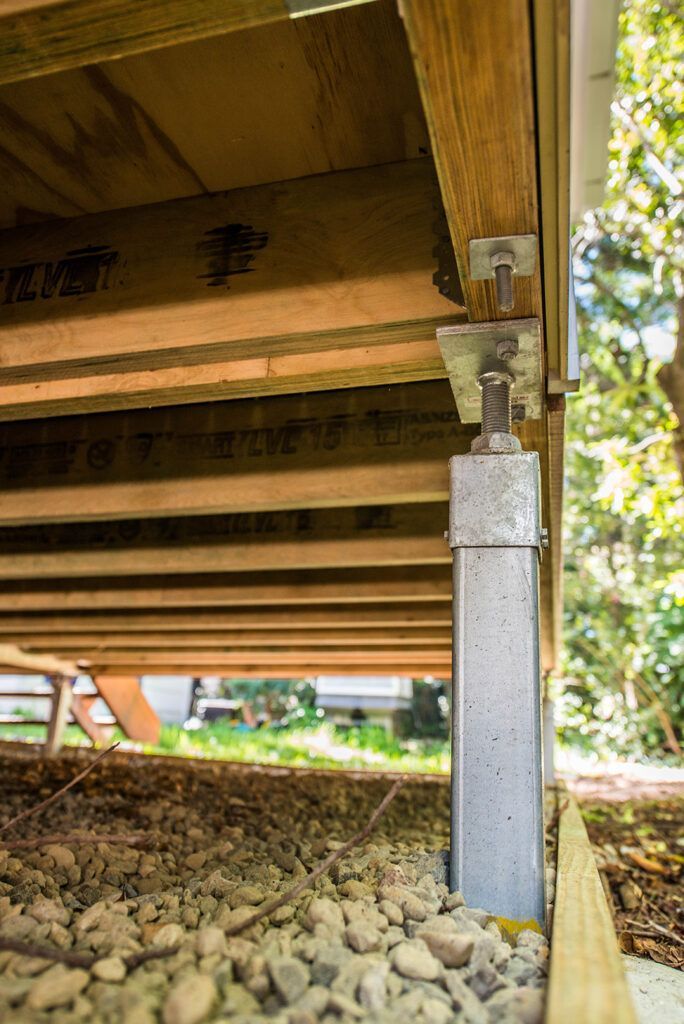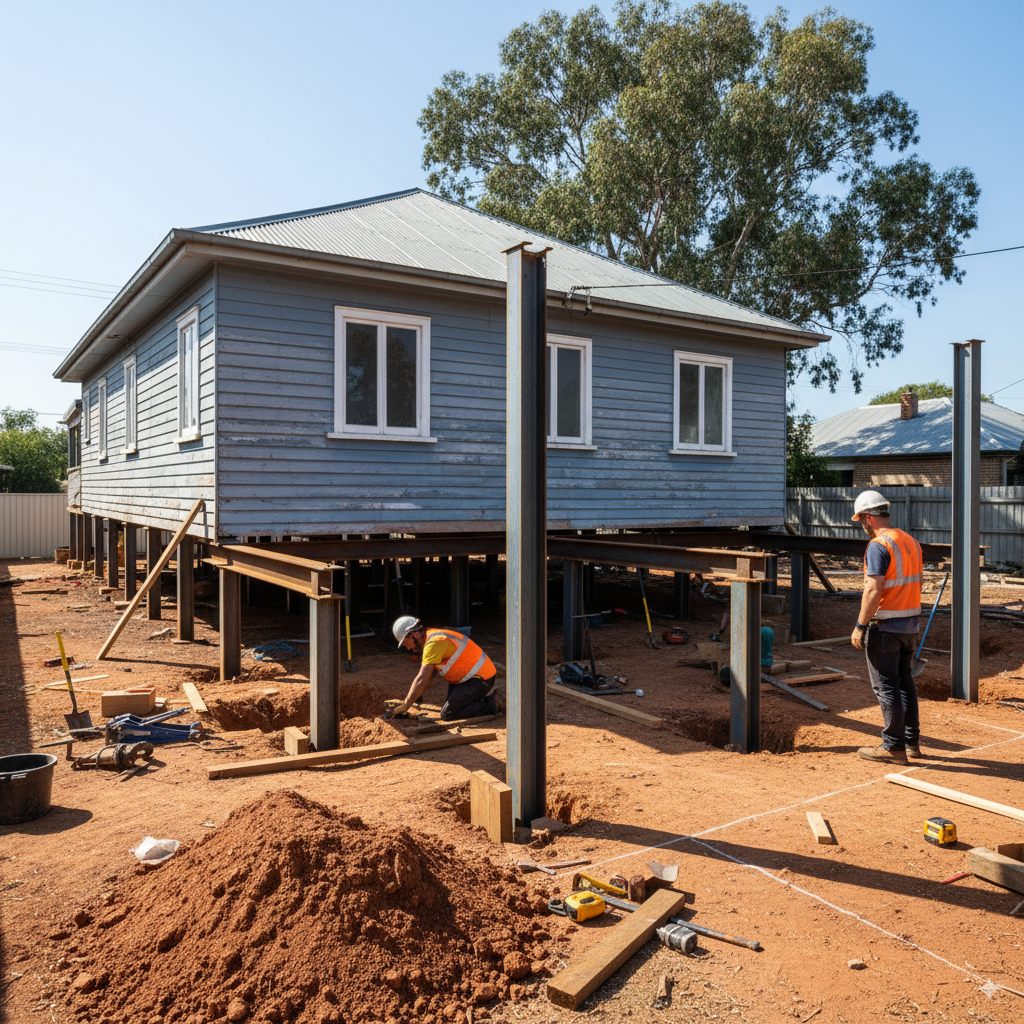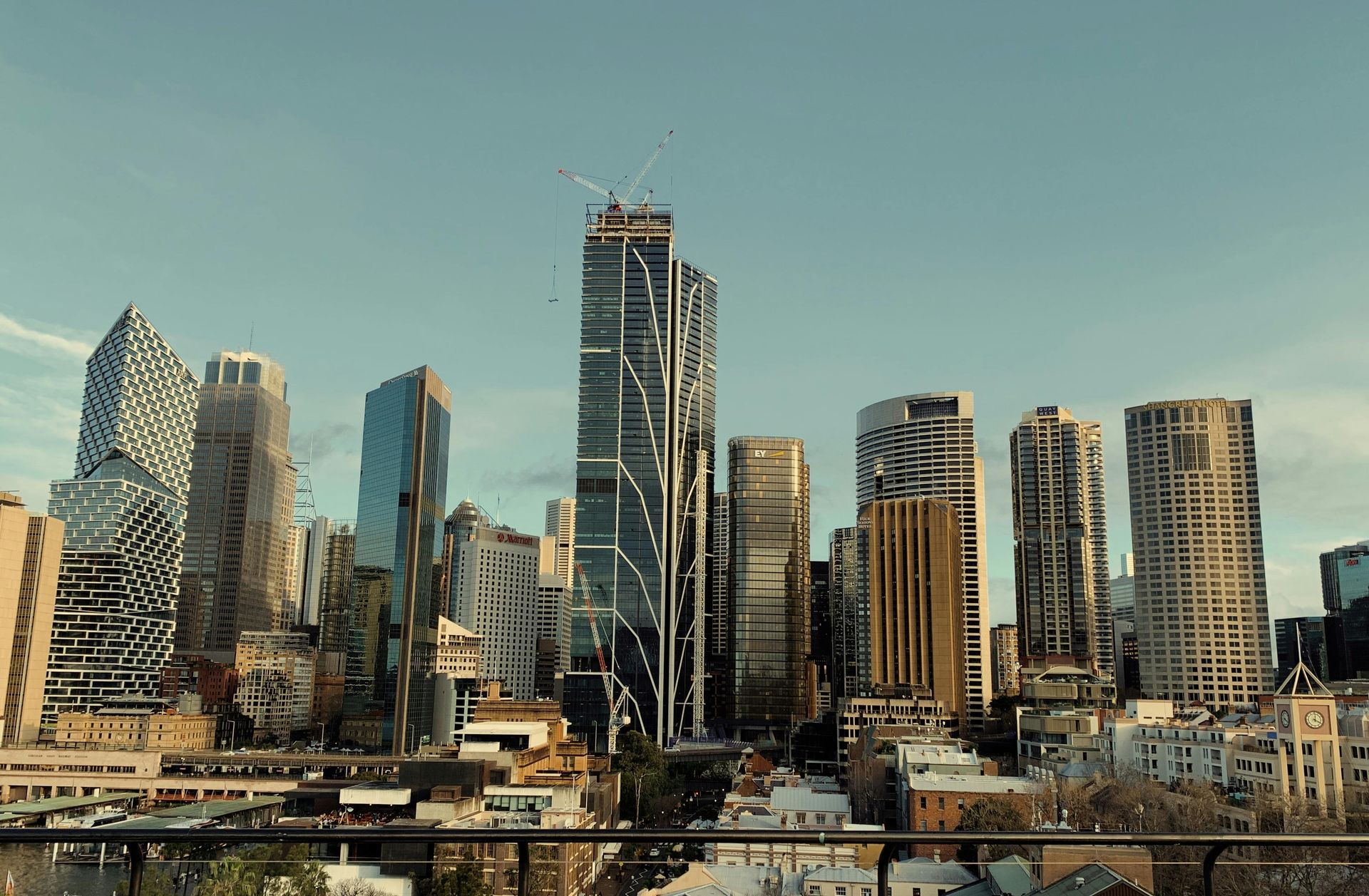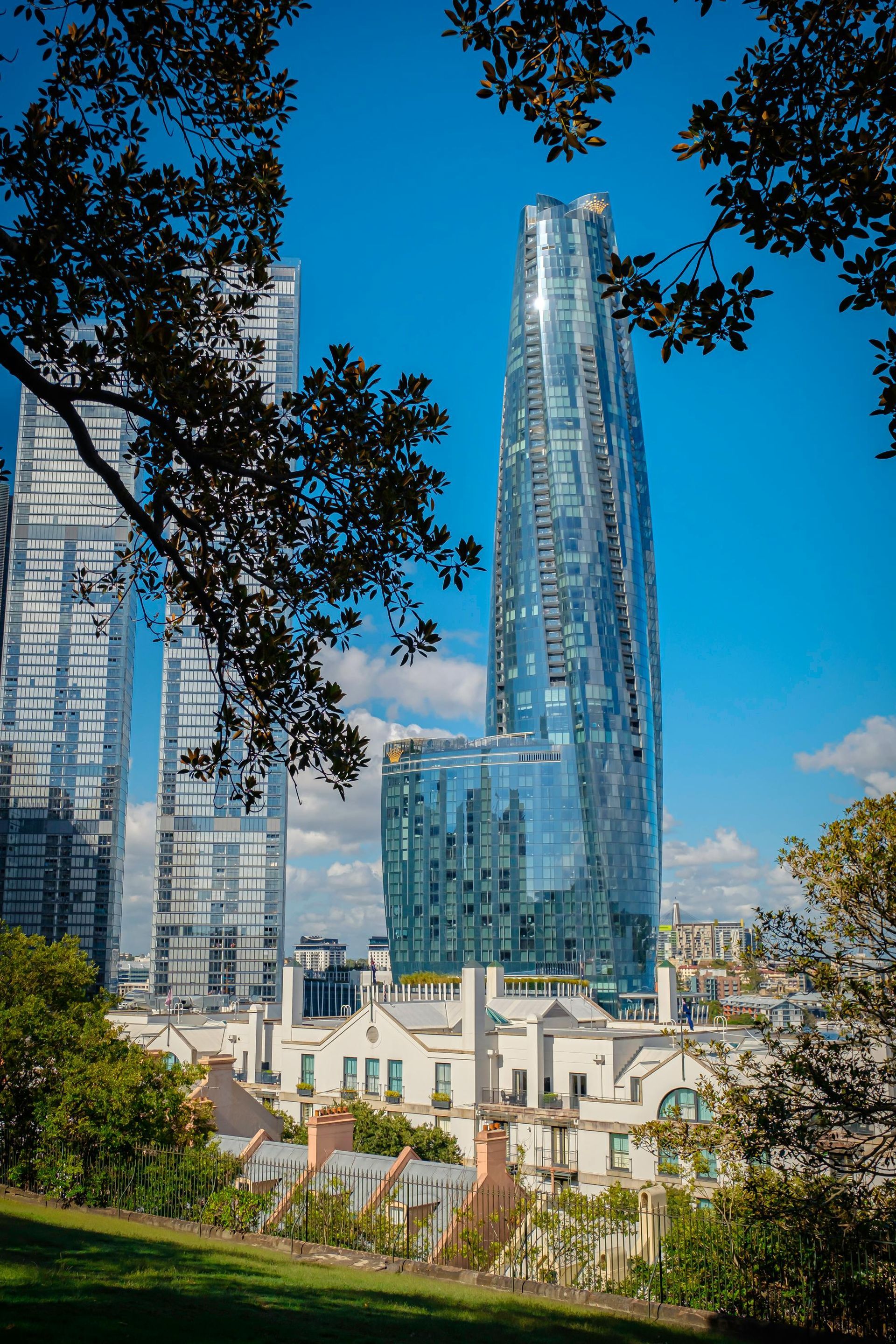How to Tell If Your Home Needs Relevelling
How to Tell If Your Home Needs Relevelling

Your house should feel solid underfoot — not like it’s dipping, sloping, or shifting over time. If you’ve noticed things starting to feel a bit off, there’s a good chance your home could need house relevelling.
The tricky part? Movement can happen slowly, and not all the signs are obvious straight away. So how do you know when it’s time to call in a professional? Here’s what to look for.
What Is House Relevelling?
Let’s start with the basics. House relevelling is the process of correcting uneven or sunken foundations. It usually involves lifting sections of the home, replacing or adjusting supports, and re-aligning the structure so everything is safe, stable, and back to level.
Depending on your home’s foundation, this could involve:
- Reblocking or restumping
- Structural levelling
- Underpinning
- Surface floor levelling
It’s not just about fixing the floors — it’s about protecting your home from long-term damage.
Signs Your Home Might Need Relevelling
Here are the most common red flags that your home has started to shift:
1. Sloping or Uneven Floors
Walk across the room and feel like you’re heading uphill? Or maybe you’ve noticed furniture leaning or gaps forming under skirting boards? These are classic signs of uneven floors, and they’re often the first clue that something’s not right beneath the surface.
2. Cracks in Walls or Ceilings
Not all cracks mean you’re in trouble — but if they’re:
- Diagonal
- Appearing above door frames or windows
- Getting wider over time
- Reappearing after being patched
Then you’re likely dealing with structural movement that calls for structural levelling.
3. Doors and Windows That Stick
If doors used to swing shut but now get jammed — or windows no longer close smoothly — your home could be moving out of alignment.
4. Bouncy or Spongy Floors
That ‘give’ underfoot when you walk through a room isn’t normal. It usually points to failing subfloor supports or old timber stumps that need replacing.
5. External Brick Cracks or Gaps
In brick homes, you might spot horizontal or zig-zag cracks along mortar joints, or gaps forming between bricks and windows. These are warning signs that the foundation is shifting unevenly.
When to Act (Hint: Sooner is Better)
You don’t need to panic at the first sign of a crack — but you shouldn’t ignore it either. The sooner you catch foundation issues, the more affordable and straightforward the fix will be. Waiting it out often leads to bigger repairs, damaged finishes, and sometimes even safety concerns.
If you’re planning a renovation, it's especially important to get your structure checked first. Trying to build on top of a sunken or unstable foundation is a recipe for ongoing problems.
What Happens During a Relevelling Inspection?
At Sydney House Leveling, we keep it simple. We’ll come out and:
- Inspect your home’s floors, walls, and foundation
- Measure current levels throughout the house
- Identify the cause of movement (e.g. soil issues, failing stumps, water damage)
- Recommend the best fix, whether that’s floor levelling, restumping, or full house relevelling
There’s no obligation, and we’re always upfront about what does — and doesn’t — need doing.
Worried Your Home Might Be Out of Level?
Don’t wait until the cracks get wider or the floors feel unsafe. Get peace of mind with a free inspection and expert advice from Sydney’s local levelling specialists.
Let’s find out what’s really going on — and get your home back to level.









